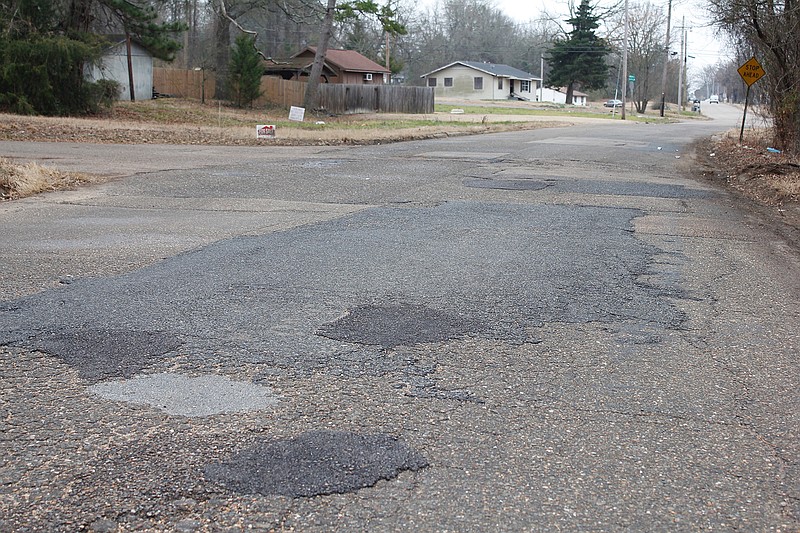A new plan aims to make more effective use of the Texarkana, Ark., street rehabilitation budget by focusing on a single major project a year.
Beginning in 2019, the city Public Works Department will allocate all of its annual street rehab funding-about $150,000-to an overhaul of one long section of street rather than less thorough work on three or four shorter segments. The idea is to solve the fundamental drainage and subgrade problems causing street failure, increasing the new streets' lifespans and decreasing long-term maintenance costs.
City officials are calling the plan "One Street at a Time."
The city will work from a list of street repair priorities first prepared by an engineering firm in 2012 and currently under review by the Public Works Department.
The plan will not affect regular street maintenance, department Director Tyler Richards said in a statement.
"Public Works will continue to dedicate a crew to patching potholes and other typical maintenance items," he said, adding that the new plan will lead to streets that are easier and less expensive to maintain.
"Upon establishing new quality streets with the new plan, a maintenance regimen will be implemented on the new streets in the form of crack seal or slurry seal to keep our high-quality streets operating at their full potential," Richards said.
Given limited resources and a problem that has festered for decades, the new approach is the only reasonable, responsible option, City Manager Kenny Haskin said.
"We inherited a 45-year street problem that cannot and will not be fixed overnight. I think it's pretty clear to everyone by now that we do not have the resources necessary to solve this aging problem instantaneously," he said. "Chasing potholes every day is not a plan. We need an approach that is long-term, deliberate and sustainable. Bonding or raising taxes is not an option, so we have to be creative and more importantly strategic about how we spend what few dollars we have."
The city will continue to apply for outside funding, including state and federal grants, to add street projects to those funded locally, Richards said.
Residents who would prefer faster solutions may have to change their expectations, Haskin said.
"Our plan may not make everyone happy at first, but over time my hope is when people see longer-term fixes to their streets they will evolve and eventually adjust to the idea. When needed we will adjust along the way, but more importantly, it is a plan," he said.

